Ken Burns’s The Dust Bowl Revives an American Tragedy
Drought, farm follies, and pain on the Great Plains.
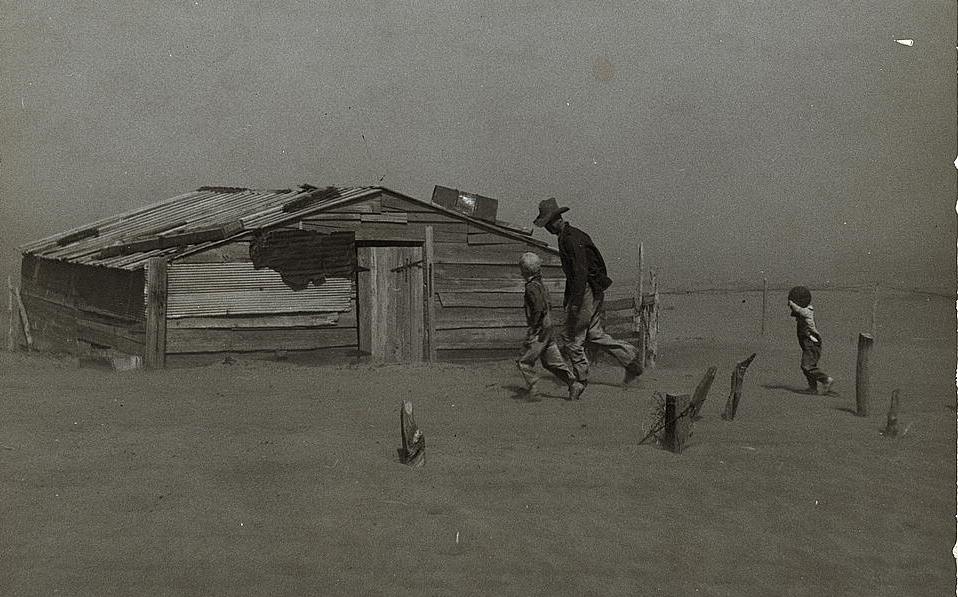
Ken Burns’s new PBS documentary The Dust Bowl is a devastating testament to the foolishness, pain, and ultimate epiphanies of a time that now lingers in the national memory largely as an illustration of rural doggedness and perseverance.
Who still remembers the magnitude of the black blizzards of dust that pillowed 6,000 feet in the air and the wind that so fiercely blew the particles that they settled on President Roosevelt’s desk way over in Washington, D.C.? Or the dust pneumonia that struck many ill and sometimes killed several children in a family?
Burns and the writer Dayton Duncan interviewed more than two dozen people who lived in the geographic center of the destruction: the panhandles of Oklahoma and Texas, plus adjacent counties in Kansas, Colorado and New Mexico. Their stories and lessons guide us through the disaster.
And what a disaster it was: the largest manmade environmental calamity in American history, some reckon. Farmers built an agricultural house of cards in the 1920s in a land rush whipped up by bad ideas — that plowing the land induces rain — and bad policies — government price guarantees for wheat that encouraged more cultivation. Millions of acres of native grassland were put to the plow.
“We made so much money raising wheat in the late 1920s that we broke everything to raise more wheat,” says Wayne Lewis of Beaver County, Oklahoma, in the film. “And then the climate changed and the Depression came along and the wheat wasn’t worth much but we still had the land broke. We were just too selfish and we were trying to make money and get rich quick off of the wheat and it didn’t work out.”
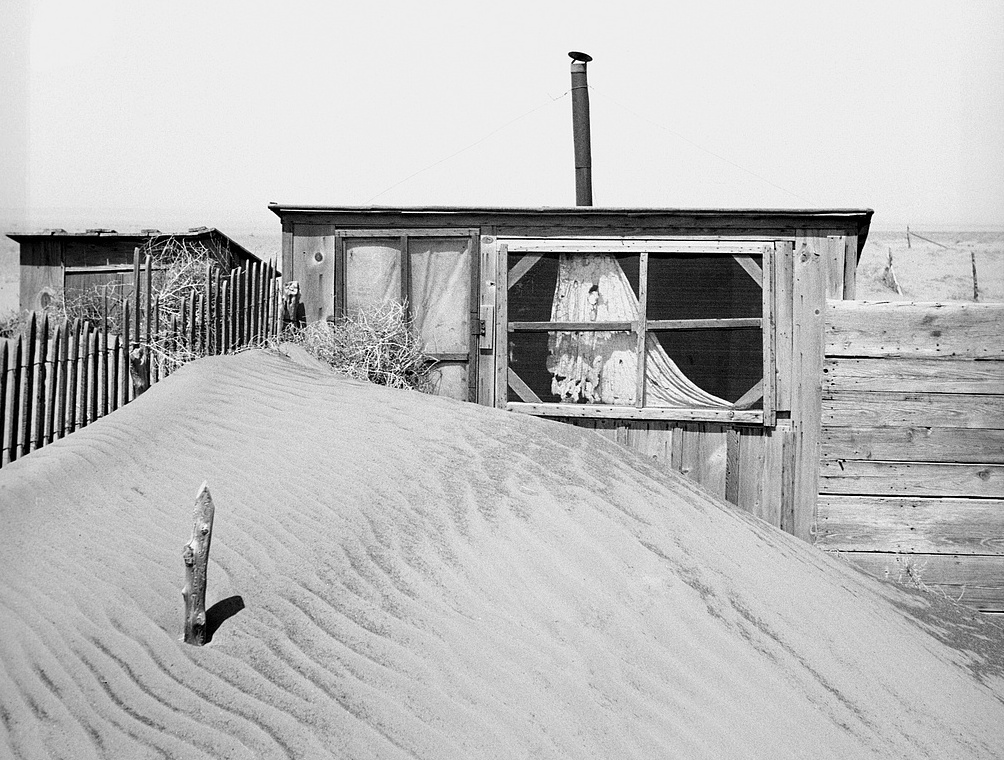
A 1936 federal government report estimated that 80 percent of the Great Plains were eroded. The next year saw at least 110 destructive dust storms — more than two per week. Families fled to California. Some counties in the drought’s epicenter lost half their population.
Government incentives helped turn the region around. The Civilian Conservation Corps, which gave men work when there was none, planted 217 million trees to form 18,600 miles of windbreaks. The Soil Conservation Service, a new federal agency now called the Natural Resources Conservation Service, studied better farm techniques and paid farmers to adopt them. The government also bought back nearly 4 million acres to restore as grassland.
Only in the precious final minutes does Burns turn to the question that ought to be nagging every viewer: Could it happen again?
Here we flash forward through six decades of agricultural development on the plains — the return of drought in the 1950s, the ecstatic exploitation of the Ogallala Aquifer, and the hard-to-comprehend truth that, at current rates of use, only a few decades of groundwater remain for one of the nation’s biggest agricultural regions.
The historian Donald Worster lays out the worst case.
“It can become a creeping Sahara,” he says of the Great Plains. “The Sahara a thousand years ago was a savannah. We know it’s possible to turn from a savannah to a stark desert and there’s no reason to think that it can’t happen in the middle of North America.”
That may turn out to be too pessimistic. Research from the National Oceanic and Atmospheric Administration indicates that drought prediction models used in the past exaggerate the effect of a warming climate. When soil moisture and plant biology are taken into account, a Saharan scar down the continent is much less likely.
Regardless, Burns’s film shows that bad ideas and bad policies do pop up and that they can succeed, up to a point. But when things turn wrong–the climate in this case–they can go disastrously wrong. The trick is stamping out the bad before it becomes the worst.
Part I of The Dust Bowl airs on PBS Sunday November 18. Part II follows on Monday November 19. Check local listings for times. Today, November 15, at 2 p.m. ET PBS is hosting a live discussion on YouTube about the film.
Brett writes about agriculture, energy, infrastructure, and the politics and economics of water in the United States. He also writes the Federal Water Tap, Circle of Blue’s weekly digest of U.S. government water news. He is the winner of two Society of Environmental Journalists reporting awards, one of the top honors in American environmental journalism: first place for explanatory reporting for a series on septic system pollution in the United States(2016) and third place for beat reporting in a small market (2014). He received the Sierra Club’s Distinguished Service Award in 2018. Brett lives in Seattle, where he hikes the mountains and bakes pies. Contact Brett Walton


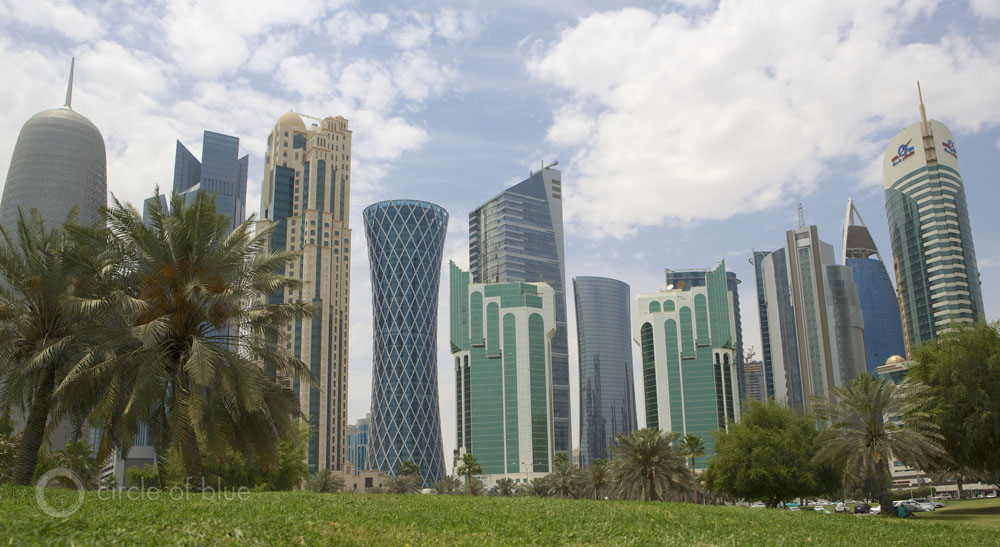

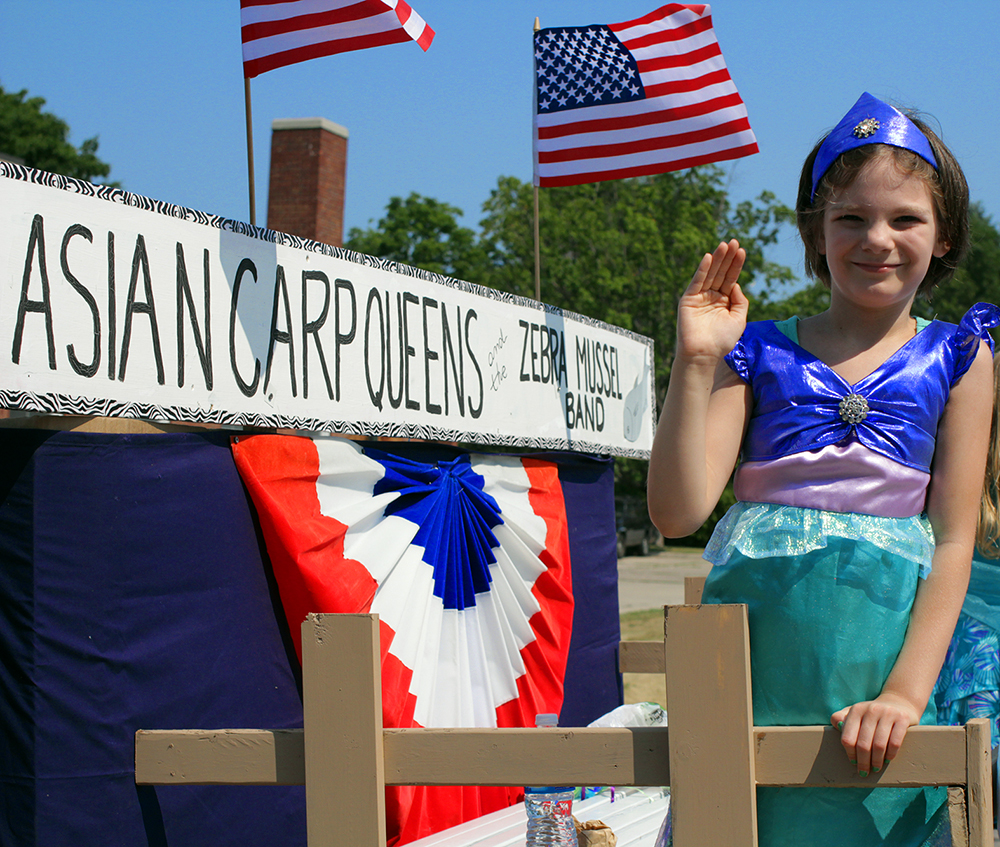
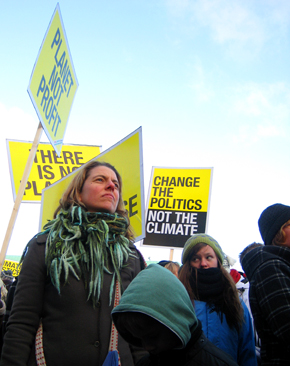
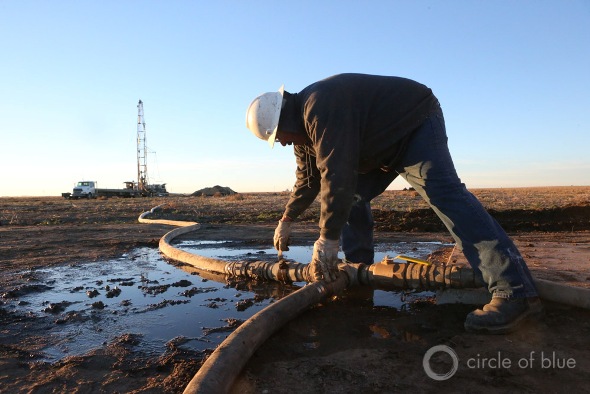


Leave a Reply
Want to join the discussion?Feel free to contribute!